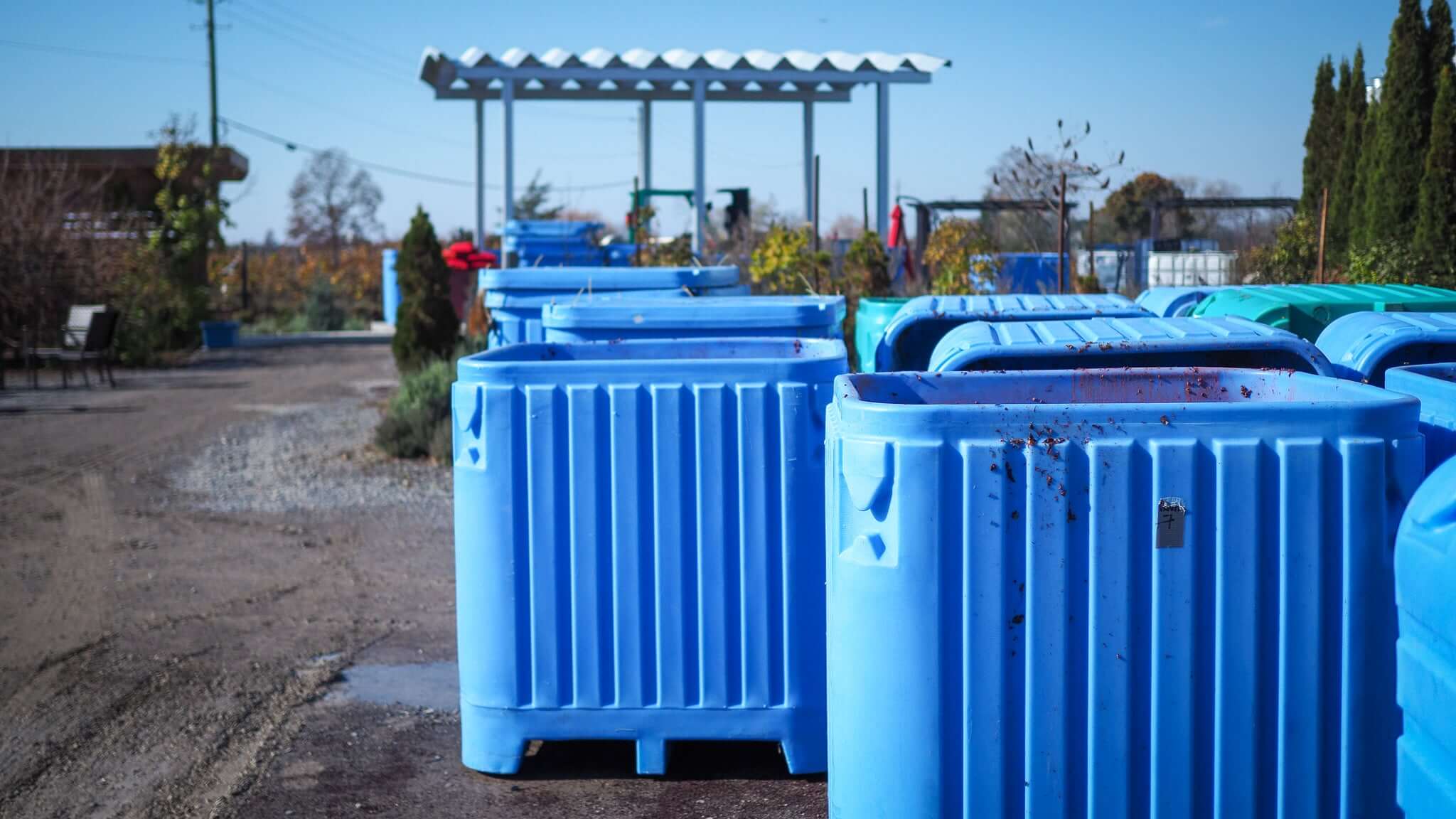You might think harvest has come and gone for the team at Traynor, but the truth is, the work really starts once the grapes come in from the fields — that is truly when the business of harvest begins. There is a misconception with low intervention wine that it is as simple as picking the grapes off the vines, letting them ferment, put them in a bottle and you have wine. It isn’t quite that easy — there are a lot more steps in between, and especially with low intervention wine styles, it is a lot more manual labour than traditional winemaking methods.
This year the team had great success fermenting wild, partly because it has been such a warm fall, the yeast has been given a chance to get going. This gets applied to all Traynor wines, besides the table whites, which get inoculated right away, because we want them to have a certain flavour profile. This is exciting for the team since this is how we want to be making our wines: low intervention, and with fewer additives.

Once the wild fermenting begins, the next challenge is keeping that yeast alive. When wild fermenting, you don’t know how much yeast you have, you don’t know what nutrients it needs to thrive, and you don’t know when it is going to die. So, you must be constantly checking the wines every day to make sure they are fermenting clean and developing the aromatics and flavours that you want. Like much of the winemaking business, some of this process is unpredictable — with wild fermenting sometimes the wines take on a life of their own and start developing aromatics you weren’t expecting, but that isn’t necessarily a bad thing. There are a few wines we can’t wait to share more about, because they are taking on exciting and interesting profiles we wouldn’t have gotten with traditional yeast.
During fermentation, you are also pressing the wine, as well as feeding the yeast with nutrients. Another technique Traynor uses to give the wines flavour and colour is called Ripasso, which is reusing the grape skins from one wines and using them elsewhere. The grapes, the juice, the skins — those are our key ingredients across all our wines, working together and minimizing as much waste as possible

When can you start sipping on some of our wines from the 2022 harvest? The truth is it all depends on the wine — we still have wines in bottle from 2019 we haven’t released because we want to give them more time to age in barrel or tank to develop their flavours before sharing with our guests. In terms of when harvest ends for the year, that’s really when all the wines are finished fermenting and, in the container they are going to sit and age in, whether that’s a tank or a barrel — this usually happens around mid-December. In February and March of 2023, some wines like the Orange wines, will begin to be bottled, where others won’t be bottled for 2-3 years, like the heavier reds.












